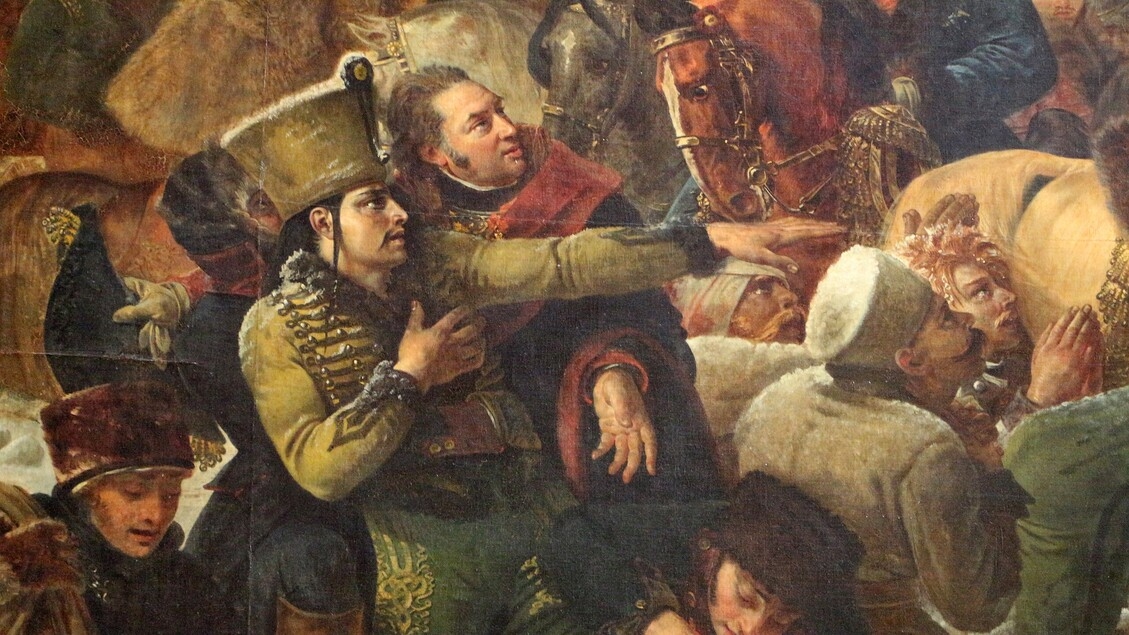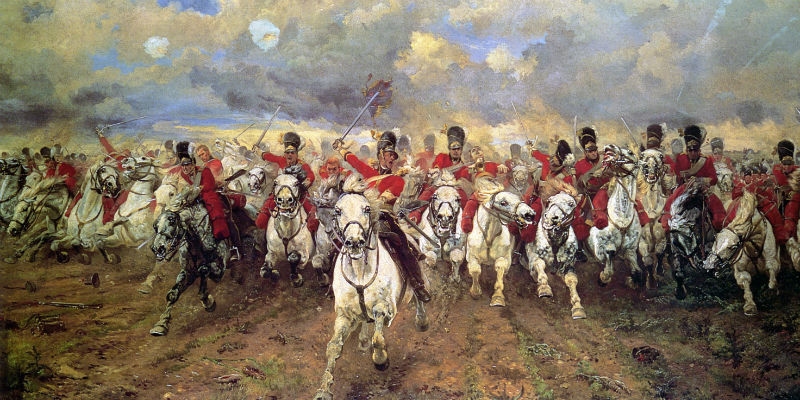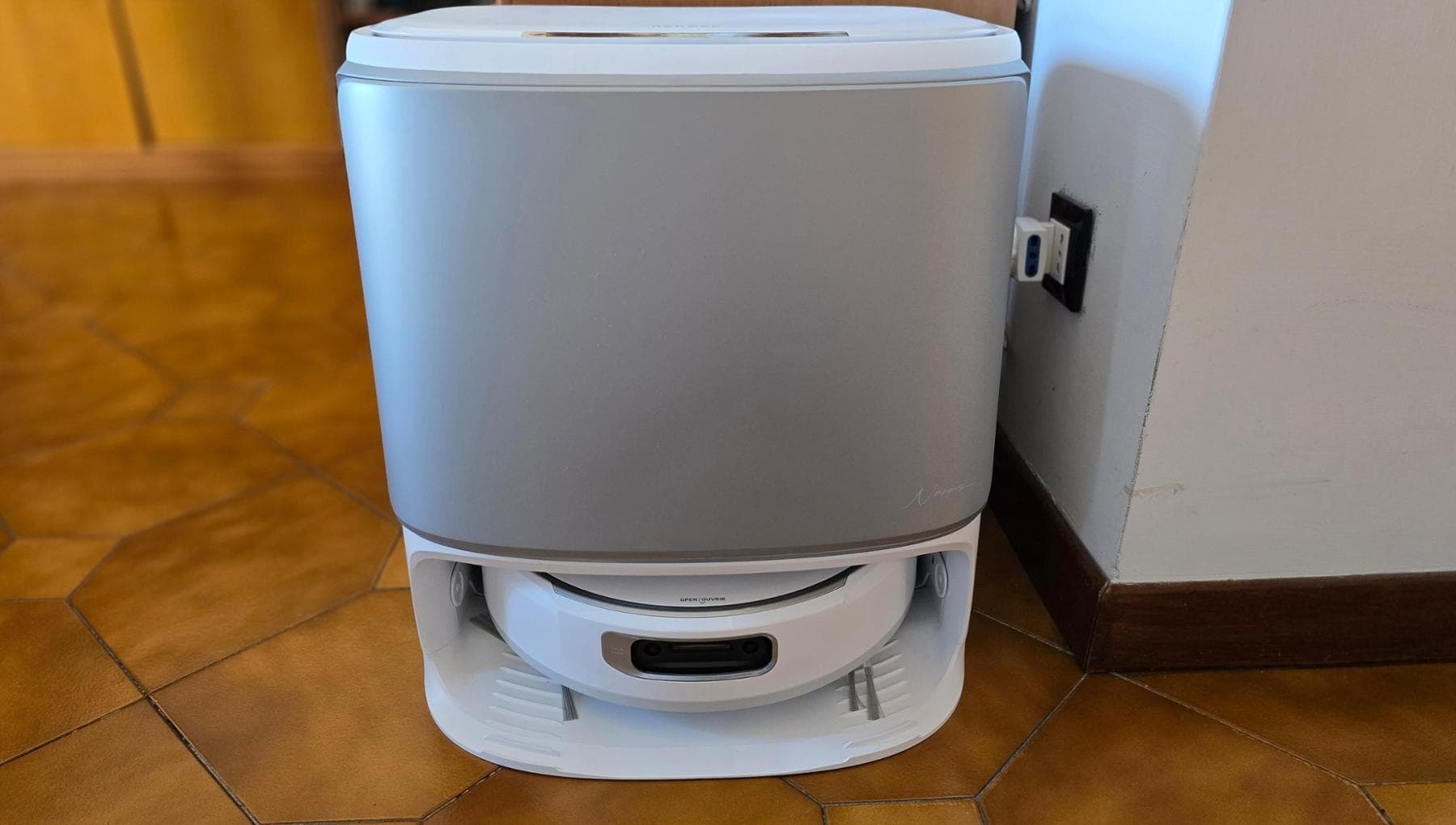For Napoleon's soldiers in Russia, 2 invisible enemies

Two invisible enemies played a role in the tragic retreat of Napoleon's troops from Russia in 1812 : paratyphoid fever and relapsing fever, transmitted by lice. This is evidenced by an analysis of ancient DNA extracted from the teeth of 13 soldiers exhumed from mass graves in Vilnius, Lithuania. The study, which will be online in summer 2025 on the bioRxiv platform, has now been published in the journal Current Biology by researchers at the Pasteur Institute in Paris in collaboration with the Laboratory of Biocultural Anthropology at the University of Aix-Marseille. During the tragic retreat from Russia, Napoleon's army (which numbered approximately 600,000 men) was almost halved due to cold , hunger , and disease . Doctors of the time documented cases of typhus , with symptoms that included fever , headache , and skin rashes . After more than two centuries, by analyzing ancient DNA extracted from soldiers' teeth using next-generation sequencing techniques , researchers have succeeded in identifying the genetic signatures of two infectious agents : a subspecies of Salmonella enterica , responsible for paratyphoid fever, and the bacterium Borrelia recurrentis , responsible for relapsing fever, a disease transmitted by lice and characterized by bouts of fever followed by periods of remission. Although these two diseases are different , they can cause similar symptoms such as high fever , fatigue , and digestive problems , and their simultaneous presence may have contributed to the worsening of the soldiers' conditions, especially since they were already weakened by cold, hunger, and poor hygiene. Of the 13 Napoleonic soldiers exhumed in Vilnius, four tested positive for S. enterica Paratyphi C and two for B. recurrentis . This result provides the first genetic evidence of the presence of the two infectious agents, which had previously been unsuspected. A previous study had identified the typhus bacterium (Rickettsia prowazekii) and the trench fever bacterium (Bartonella quintana), pathogens long associated with the retreat, based on historical records. "Accessing genomic data on pathogens that circulated in historical populations helps us understand how infectious diseases evolved , spread , and subsequently disappeared over time, identifying the social or environmental contexts that played a role in these developments. This information provides us with valuable insights to better understand and address infectious diseases today," explains study coordinator Nicolás Rascovan, head of the Microbial Paleogenomics Unit at the Pasteur Institute. Conducting this type of analysis, however, is not simple. "In most ancient human remains, pathogenic DNA is extremely fragmented and present only in very small quantities, making it very difficult to obtain complete genomes," he notes. "We therefore need methods that can uniquely identify infectious agents from these weak signals to explore the pathogenic diversity of the past."
ansa





